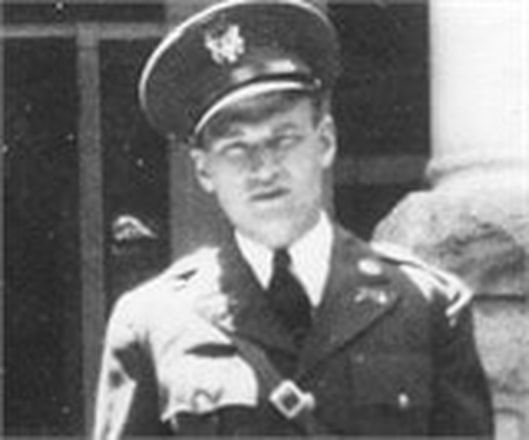|
|
by Marcia Napier, Grain Valley Historical Society Recently, I was asked to write about any “famous people” from Grain Valley. My mind went to presidents, novelists, musicians, movie stars and professional athletes. I came up empty! However, when I changed the question to ask if Grain Valley had any “salt of the earth” citizens who have made a difference in the lives of others, I came up with many names. In the past several months I’ve written about some of the early pioneers like Jacob Gregg. Jacob and Nancy Gregg and their nine children lived at Stony Point prior to moving into Grain Valley. Gregg held many positions in government throughout his life. They included Jackson County Sheriff (1832-36) and one term as a member of the Missouri State Legislature (1850). Over the next few weeks, I will tell you about some of the more recent citizens. The Costigan name has been around since the late 1800s and more than five generations of the family have called Grain Valley home. Dennis (1849-1935) and Martha (1854-1927) raised nine children here, so in the early 1900s most everyone in our town, including my family, could claim at least one Costigan relative. Harold Elvis Costigan (1916-2004), their grandson, is my subject today. He was the fifth of seven children of Joseph Patrick and Mary (Taylor) Costigan. Harold grew up in Grain Valley, quarterbacked the football team and graduated from GVHS in 1934. He and his wife Merle both attended the University of Missouri where he earned a degree in agriculture and was an officer in the ROTC. After graduation, Harold joined the Missouri National Guard in St. Joseph, Missouri. He became a member of the 35th Divisional Tank Company and was called to service in February, 1941. Designated B Company, 194th Tank Division, they trained at Fort Lewis, Washington until September, 1941. On August 23, 1941, Harold and Merle Houston were married, eleven days before he left for active duty in the Philippines. When the Japanese attacked Pearl Harbor (December 7, 1941), they also launched an assault on Clark Air Force base in the Philippines. Harold survived the Japanese attack on Clark Field. A few weeks later his tank platoon was ordered north to slow the advancing Japanese who had landed troops at Lingayen Gulf. On Christmas Day the platoon took positions west of Carmen. When they began taking fire from a strong Japanese force, 1st Lt. Harold Costigan ordered the tanks to open fire with their machine guns. Realizing they had a very good chance of being cut off, he ordered his tanks to withdraw through Carmen. A massive ground invasion forced the American troops to fall back to the Bataan Peninsula. The battle lasted for months with American troops cut off from supplies and reinforcements. On April 9, 1942 the American General King surrendered. On that day, Costigan became a POW. For the first 10 days following the surrender they marched some 60 miles along the road to the first prison camp. Years later, Costigan stated, “That was the death march.” Of the over 12,000 men surrendered or captured on Bataan, fully two-thirds lost their lives. By the time of their liberation on February 4, 1945, Harold weighed only 100 pounds, half of his former weight. He spent nearly two years in hospitals around the United States before being discharged on disability in 1947. He was legally blind and deaf, due to his years of torture and starvation. He and his wife bought a farm in Maryville, Missouri, and later in Oak Grove. In the 1950s he began teaching farm skills to vision-impaired students. He returned to Mizzou in 1960, earning a master’s degree in rehabilitation counseling. Merle also returned for her master’s. They raised two daughters. Harold Costigan passed away on December 25, 2004. Visit the Historical Society to learn more about Harold Costigan, the Costigan Family and the Houston Family and their story. Merle’s father was in the first graduation class at GVHS in 1909. Harold Costigan grew up in Grain Valley, quarterbacked the football team and graduated from GVHS in 1934. He later served in the Pacific Theater in World War 2, surviving the Bataan Death March and years as a POW.
Photo courtesy of the Grain Valley Historical Society Comments are closed.
|
Categories
All
Archives
July 2024
|
Grain Valley NewsGrain Valley News is a free community news source published weekly online. |
Contact Us |


 RSS Feed
RSS Feed
